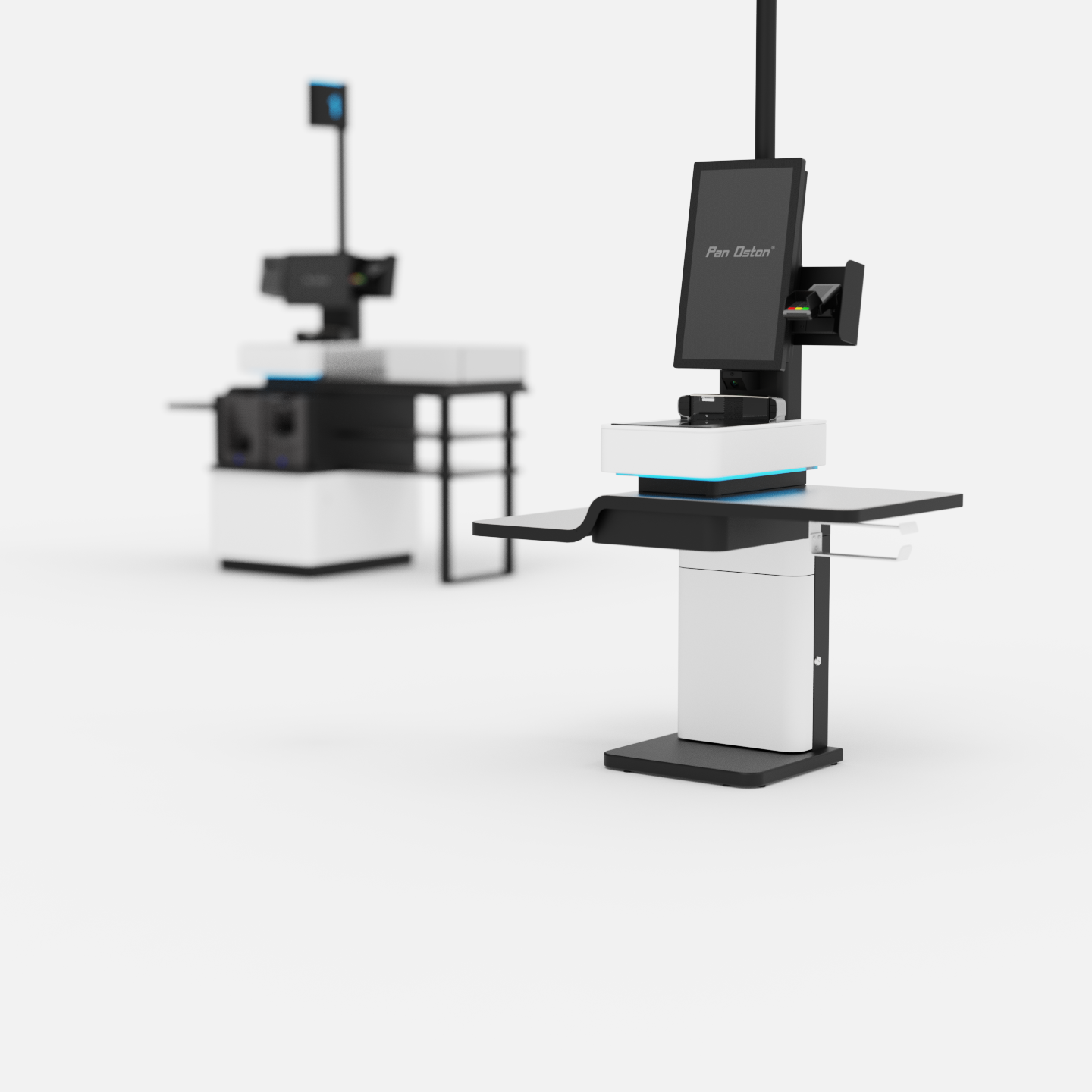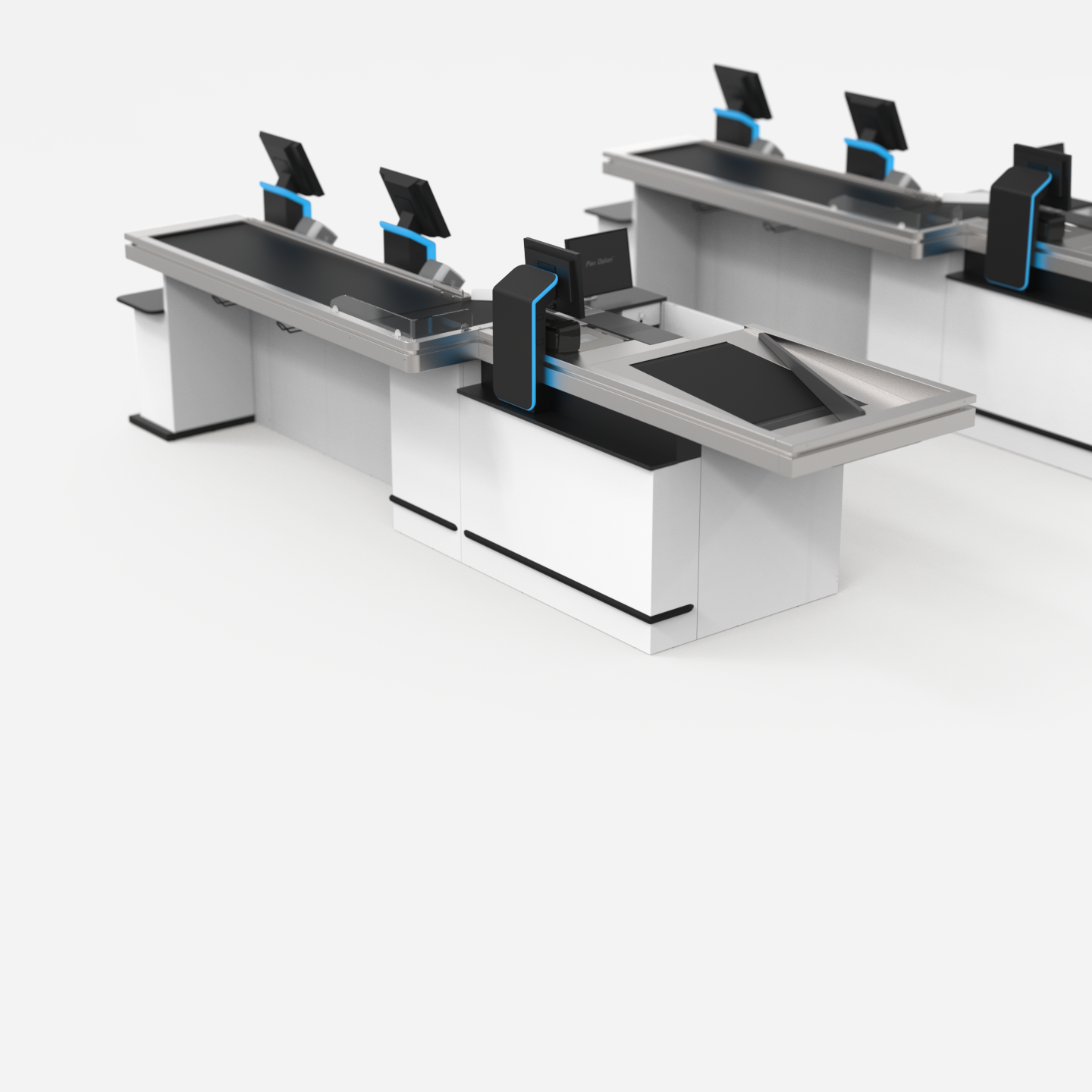The social impact of self-service in Retail
The continued growth of self-service and self-checkout systems continues to significantly impact the dynamics in Retail, both in the food and non-food sectors. Digital self-checkout systems have revolutionised the way customers make their purchases; that much is clear. In discussions around this topic, the most attention is paid to convenience, independence and time savings for consumers and efficiency for entrepreneurs. Social aspects remain relatively underexposed, while they are essential for entrepreneurs to consider when implementing self-checkouts in their shops.
This article provides valuable insights and analysis on the social aspects of self-checkouts. By examining the impact on customer interactions, staff and customer satisfaction, you will gain a comprehensive understanding of the social dynamics surrounding self-checkout systems.
.jpg)
Customer interaction and empathy
One of the biggest concerns when introducing self-checkouts is the potential impact on customer interactions. Traditional interactions with cashiers provide the opportunity for personal contact, where customers can ask questions, get recommendations or simply have a chat. The absence of a checkout assistant can lead to a loss of personal attention for customers while shopping. This may be perceived negatively by some customer groups.
It is important to be aware of this and consider strategies to mitigate this loss of personal attention. For example, by deploying staff to host in the self-checkout area actively, they can offer help, give advice, and answer questions. In addition, strategically positioning self-checkouts in the shop can help encourage customer interaction, improving the overall shopping experience.
Staff deployment and job security
The introduction of self-checkouts may raise concerns among employees about the impact on staff deployment and job security. Because implementing self-checkout systems requires fewer staffed checkouts, retailers must consider the potential impact on their employees. The fear of job loss can create a hostile work environment and affect staff morale, ultimately affecting customer satisfaction.
On top of that, in today's market conditions, some 15% of retailers are facing staff shortages. Introducing self-checkouts can help you cope with shortages and reduce staff workload.
.jpg)
Customer satisfaction and convenience
Although self-checkouts are meant to provide convenience to customers, there are instances where they can lead to frustration and dissatisfaction. Problems such as technical glitches, product recognition errors or difficulties navigating the system can lead to a negative shopping experience.
By identifying and understanding these challenges, you can take proactive measures to avoid these frustrations as much as possible. Investing in user-friendly and reliable self-checkout systems is crucial to ensure customer satisfaction. Regular maintenance and software updates to address technical issues can significantly improve the user experience. In addition, good customer guidance, clear usage instructions and user-friendly interfaces are crucial to minimise customer confusion and frustration.
Theft and loss prevention
A significant concern with self-checkouts is the risk of theft and shrinkage. The absence of a cashier overseeing the transaction process increases the risk of customers intentionally or unintentionally bypassing payment for items. It is essential that you take effective measures to minimise these risks and protect your revenue.
Using security cameras and implementing other technological prevention measures at self-checkouts can help prevent theft. However, you will also need to invest in training your staff. Not only to recognise suspicious behaviour and intervene if necessary but also to apply active hosting, greeting and advising customers where necessary and helping them check out their groceries. By identifying and addressing the issues around shrinkage and theft in advance, you can secure the viability and profitability of self-checkout systems.
.jpg)
The future of self-checkouts: balancing technology and human interaction
As technology continues to evolve, the future of self-checkouts in shops is likely to become even more sophisticated. As a retailer, you will need to strike a balance between leveraging technological advances and maintaining essential human interactions. Integrating artificial intelligence, facial recognition, and mobile payment systems can further improve the convenience and efficiency of self-checkout systems.
However, it is crucial to recognise that self-checkouts should not entirely replace human interactions in the retail environment. Continue to constantly evaluate and adjust your strategy to ensure that self-checkout systems complement rather than replace the need for personalised customer interactions.
Conclusion
Implementing self-checkout systems in shops can offer many benefits in terms of efficiency and convenience. However, retailers will also have to consider the social impact of these systems. By understanding the implications of self-checkouts on aspects such as customer interaction, staff deployment and customer satisfaction, you can effectively address the challenges of self-checkout systems and maximise their potential.
By prioritising customer interaction and empathy, addressing staffing implications and job security concerns, ensuring convenience and customer satisfaction, and implementing effective prevention measures against loss and theft, retail professionals can successfully integrate self-checkout systems into their shops while maintaining the social fabric of the retail environment.
As the future of self-checkouts evolves, retail professionals must strike a delicate balance between using technology and maintaining human interaction. By embracing innovation while maintaining the personal touch, retailers can create an optimal shopping experience that combines convenience, efficiency and human interaction.
.JPG)


.jpg)

.jpg)